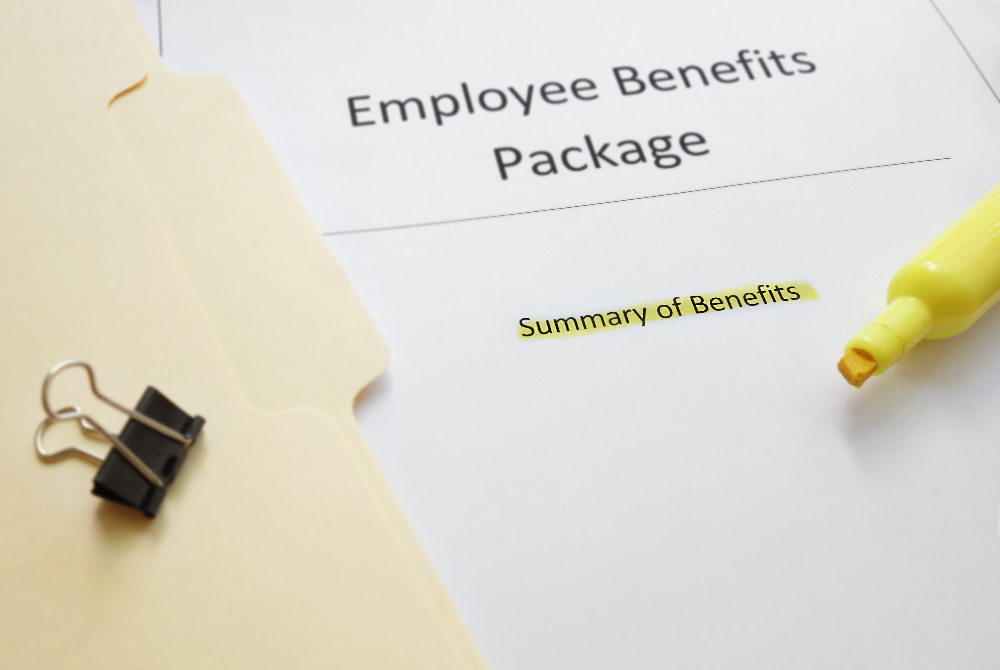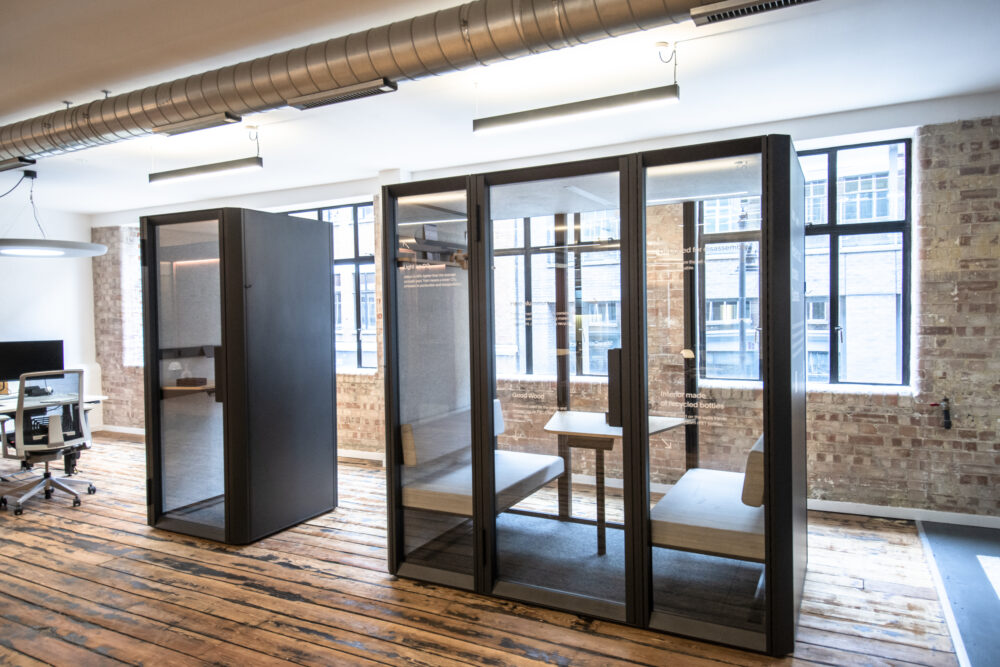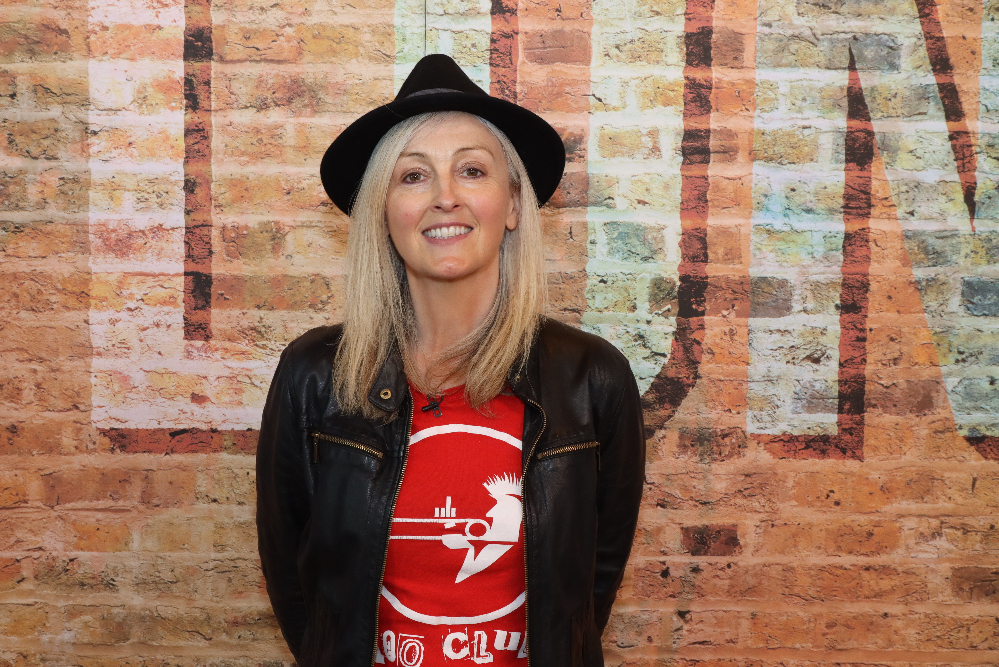The emotional rollercoaster that we’re all on because of the Coronavirus made me think of some models of change which can help one make sense of and deal with significant transition. I use these a lot in my work with clients who are mid-career and experiencing some sort of career transition.
What I often see is that change and transition affect more than one area of life at the same time. Like London buses, big changes often come all at once…And right now, that must apply to just about everyone…. Coronavirus is very likely to affect our health, and is already impacting our work, not to mention our finances and relationships.
Recognising and accepting the emotions
Elizabeth Kübler-Ross’s model of the seven stages of grief is one of the models of change that is especially pertinent at this time because it describes the emotions that we’re all likely to be experiencing.
Certainly, while watching the news over the last few days and weeks, I’ve noticed the following in myself:
Shock – 😯😲😱
Denial – This probably isn’t going to be too serious. After all, it’s over there on the other side of the world.
Anger – S*** it IS serious. The world’s economy could collapse! Who’s to blame?!
Bargaining – Maybe if I take good care of myself and buy lots of sanitiser, it won’t affect me.
Depression – Doom and gloom. Life as we know it could be over. This could negatively affect the whole world for years to come.
Testing – Or could it? Maybe something positive might come of it? A rethink of how we work and do business? A return to manufacturing and industry in our own countries? Less propensity for waste? Fewer air journeys?
Acceptance – Ok, the Government says it could last for a year. In a weird way, that feels ok. At least we know when the worst of it might be over. In the meantime, what can I do to get on and make the best of this situation?
Managing the internal transition
The second model of change I use is that described by William Bridges. This has three stages as follows:
- The Ending – this is when, for one reason or another, something in our life comes to an end, either because of changes within us (e.g. we realise we’re no longer happy in the job or relationship), or because of change imposed on us from outside (e.g. redundancy, a bereavement, etc.)
- The Neutral Zone in between the ending and the new beginning – this is the hard bit. We’ve left something behind but we don’t know what’s next.
- The New Beginning – we’ve moved through the darkness and come out the other side into light. Ideas emerge, options get explored, and we have renewed energy.
The reason I like this model is that it describes the process of psychological transition that we need to go through when change happens, and it offers hope of a new beginning.
Maintaining resilience
The final model of change is in fact a metaphor, one which we are all instinctively familiar with because it’s the cycle of change and renewal reflected in the seasons of nature.
There are parallels with Bridge’s three stage model of transition in that autumn is the ending, winter is the neutral zone, and spring/summer is the new beginning. This metaphor is inspired by the cycle of renewal described by Pamela D McLean, a leading figure in the field of coaching and transition.
Each ‘season’ will have certain feelings associated with it (similar to those described by Kübler-Ross) and each ‘season’ requires us to deal with certain practical and emotional tasks. The model provides a map that tells us where we are and what we need to be doing to move onto the next phase.
Given that life is a constant cycle of change – how we navigate the journey is more important than the destination. At times like this, we need to focus on learning and adapting. In addition, we need to get clear on what our values and priorities are and ensure that our commitments going forwards are in alignment with them.
About the Author
Charlotte Whitehead is a careers consultant who offers a strengths-based approach to professional and personal development. She works mostly with people who are at a transition point in their work, especially those in mid-career who are seeking a new direction. She uses Gallup’s CliftonStrengths® assessment along with other tools to help clients identify their natural talents and abilities, and understand the contribution that they, uniquely, can make. She has particular interests in meaning & purpose in work, and in the rehabilitation of ex-offenders. You can connect with her on LinkedIn at www.linkedin.com/in/charlottewhitehead1 or via her website at: www.careerpractic.com.
Other articles by Charlotte include:
How Employers Can Help Redundant Employees Rebuild Their Confidence

















